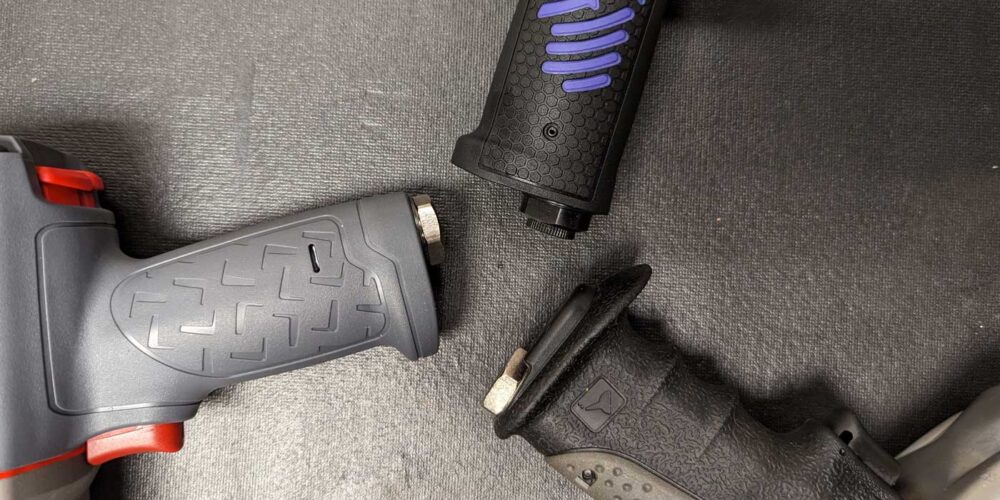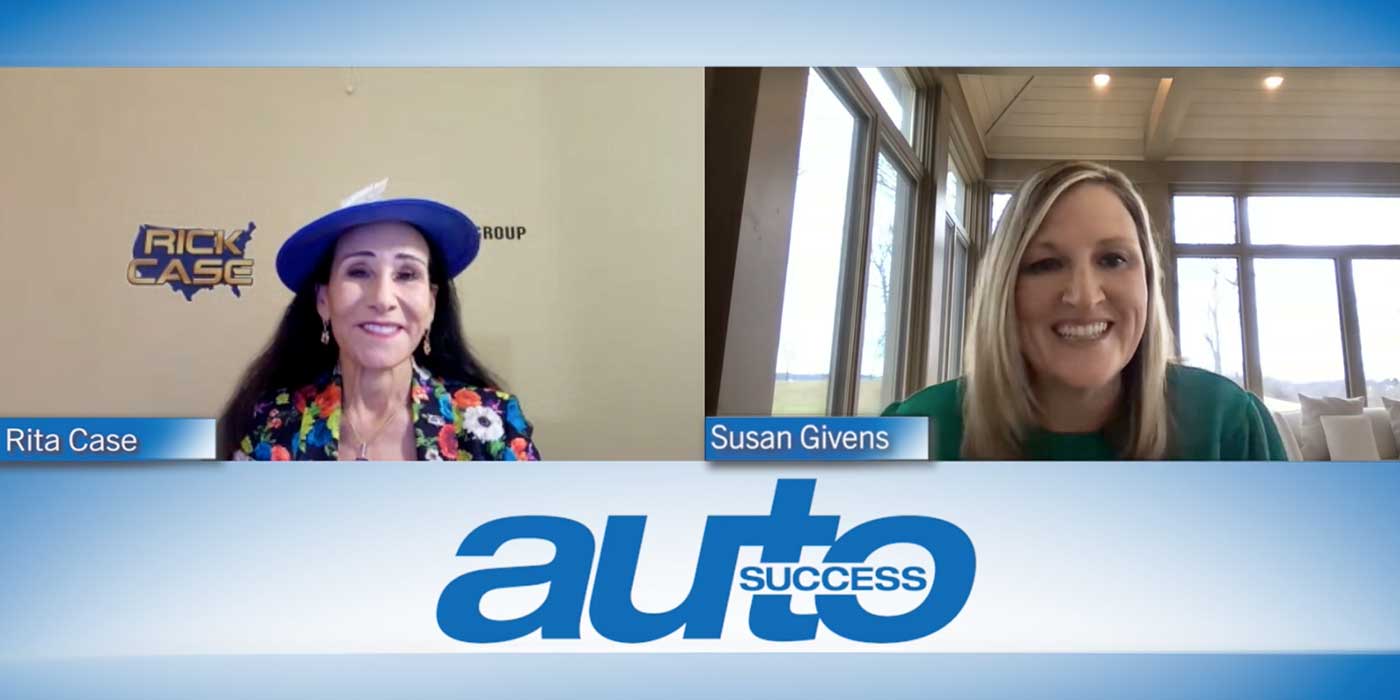I saw an insurance company commercial on television the other day with the catch phrase “We know a thing or two because we’ve seen a thing or two.” The premise being there are always situations that are out of the ordinary, but when they happen it can be a major problem for the insured.
When it comes to loaner fleet management, the same logic applies. Normally, the cycle of bringing in a customer vehicle for service, providing a service loaner vehicle, completing the repair and getting the loaner vehicle back goes smoothly. Occasionally, however, we get contacted by potential customers who tell us about situations where they are unable to collect on an insurance claim or have trouble recovering a loaner vehicle.
This prompted me to put together a list of issues dealers need to be aware of when completing loaner agreements. The list below includes the problem on the dealer side, the actual situation that occurred and the result for the dealer. Hopefully this list helps raise the awareness of your service staff when completing loaner agreements.
Problem: The maximum allowed driver age was exceeded.
Situation: An older customer was provided a loaner vehicle and was in a serious accident, totaling the vehicle.
Result: When a secondary claim was made to the insurance company, the insurance company refused to pay the claim. The dealership did not fully understand the contract terms from their insurance company and failed to realize their insurance company had both a minimum and maximum age restriction on allowed drivers.
Problem: There was no return date entered on the service loaner contract.
Situation: The customer did not return the loaner vehicle and failed to respond to dealer requests to return the vehicle. After 60 days, the dealer had to assume the vehicle was stolen.
Result: Local police refused to list the vehicle as stolen because the vehicle was given to the customer and the contract had no required return date listed. With no return date, it is difficult to file criminal charges to get the vehicle on the police watch list and recover it.
Problem: The contract return date greatly exceeded the expected RO completion date.
Situation: The RO was closed out, but the customer would not return the vehicle.
Result: The dealership could not force the customer to return the car and local authorities were unable to help. The customer was legally authorized to use the car through the listed return date. In this case, the customer kept the car for over 30 days on an RO that closed out in three days.
Problem: The loaner agreement was incorrectly and/or partially completed.
Situation: A vehicle was returned with damage and a secondary insurance claim needed to be made to recover additional damage costs.
Result: The insurance claim was denied due to the insurance forms being either incorrectly and/or partially completed. Almost every insurance company requires detailed driver’s information including the driver’s license and driver proof of insurance information with all dates current. Also, most major insurance companies require full vehicle information (with VIN) on the loaner agreement. If any of the information is missing or partially completed, the insurance company may dispute the claim or refuse to pay out.
Problem: Length of loaner contract exceeded what was allowed by the insurance company.
Situation: The loaner agreement was written for more than 30 days due to an extended repair, and the vehicle was damaged.
Result: Many loaner contracts have a maximum number of days allowed for a contract. In this case, the contractual maximum was 30 days, so the insurance company disputed the claim. When a loaner needs to exceed the maximum allowed days, the customer should return the vehicle before the maximum allowed days and get a new loaner for the additional period.
Problem: The dealer used the incorrect loaner form.
Situation: The customer damaged the loaner vehicle and a secondary insurance claim needed to be made.
Result: The dealer had been using the same form they had used for several years and were not using the latest form required by the manufacturer’s designated insurance provider. The insurance company disputed the claim since a valid and current loaner agreement was not on file. Using the incorrect form is one of the main reasons that claims get denied.
While this is not meant to be an exhaustive list, it does cover several real-world situations service managers have encountered. Hopefully these examples highlight the need for service managers to understand their service loaner contracts and to ensure their service staff is completing the contracts correctly to avoid costly mistakes. Laura Tierney














